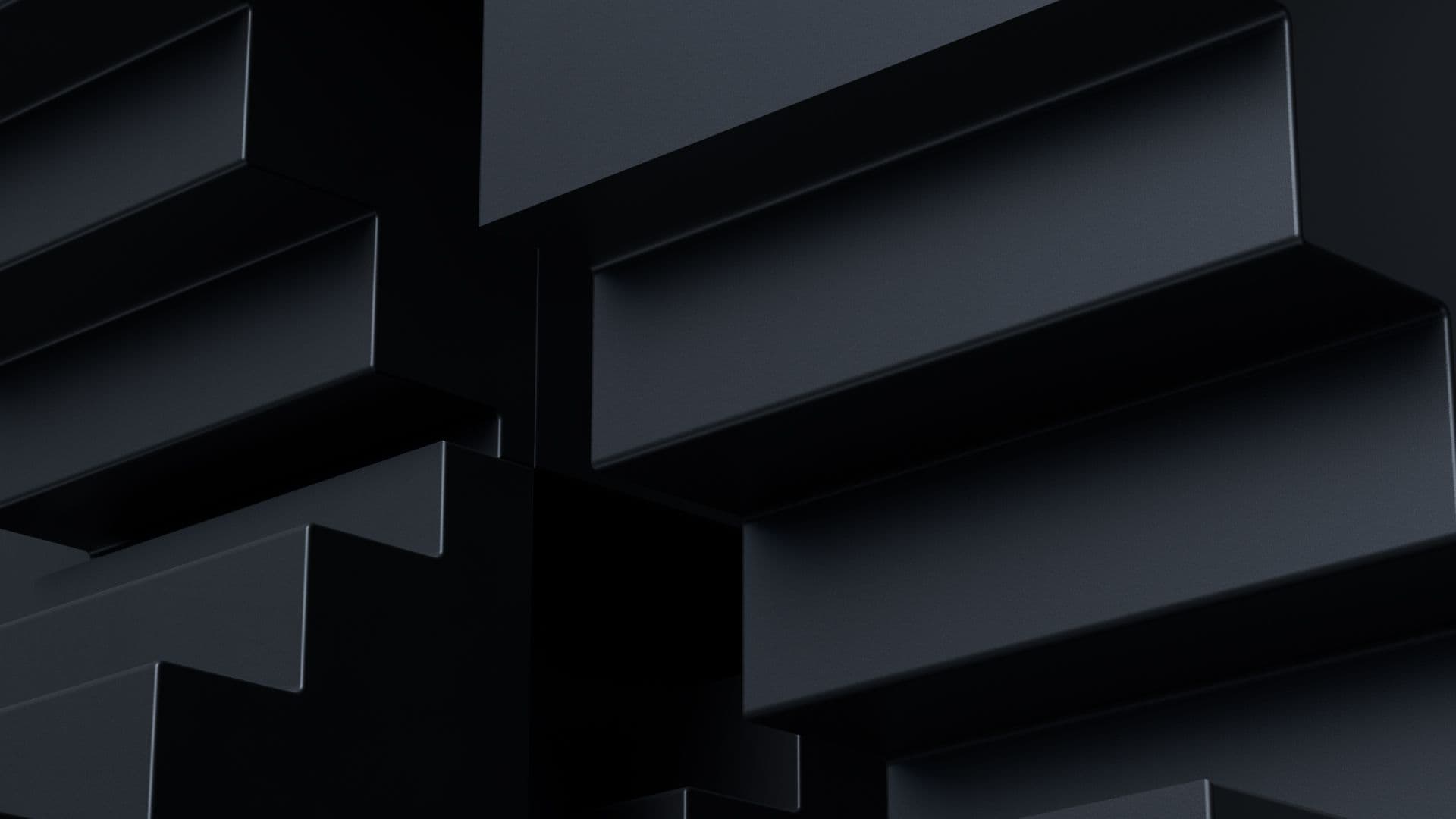"Unity", Unity-Logos und sonstige Marken von Unity sind Marken oder eingetragene Markenzeichen von Unity Technologies oder den zugehörigen verbundenen Unternehmen in den USA und anderen Ländern (weitere Informationen finden Sie hier). Alle anderen Namen oder Marken sind Marken ihrer jeweiligen Eigentümer.

